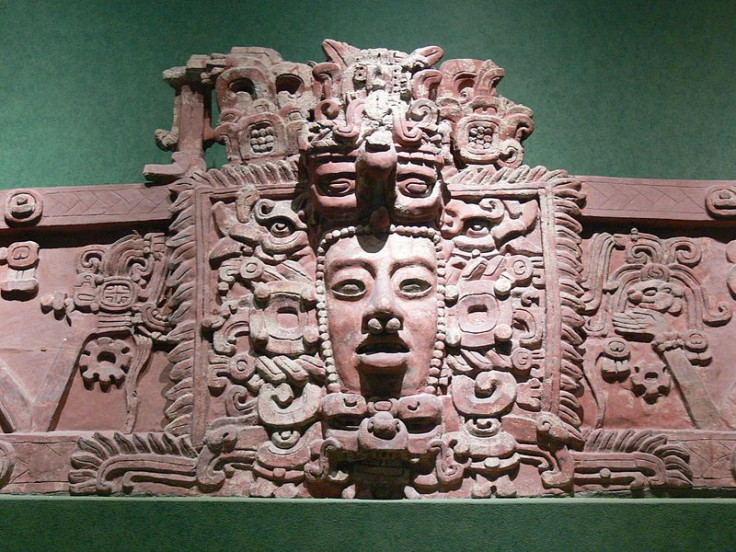Tomb of King who Founded Mayan Civilisation Discovered in Guatemala

In yet another ground breaking discovery related to Mayan archaeology in Guatemala, archaeologists have found the grave of an ancient king, who is believed to have laid the foundation of the Mayan civilisation.
Located at the pre-Columbian archaeological site of Tak'alik Ab'aj in western Guatemala's Retalhuleu region, about 45km from the border of Mexican state of Chiapas, the grave is thought to be of K'utz Chman. Chman was a ruler of the Olmec civilisation, Mexico's first major civilisation more than 2,000 years ago. He is credited for having founded the Maya civilisation by introducing basic elements of art and architecture that would go on to signify the Mayan culture.
"He was the big chief. The ruler who bridged the gaps between Olmec and Mayan cultures and initiated the slow transition to Mayan rule," archeologist Miguel Orrego was quoted as saying by Reuters.
Though no skeletal remains were found in the tomb, carbon dating suggests that the grave dates back to 770-510 BC.
Archaeologists also found some interesting stuff inside the tomb that helped them conclude that the grave belonged to K'utz Chman. Among these include hundreds of blue jade beads, which were found arranged in a set pattern suggesting that they were sewn on cloth or leather in which the king was buried. The cloth probably had disintegrated over time but the beads remained in position, according to The Guatemala Times report.
Another piece of jewellery found inside the tomb that suggest that the tomb is likely that of Chman is a beaded necklace with a pendant carved in the shape of a human figure having a vulture's head. According to researchers, a vulture symbolises power and represents the lord or the ruler.
"The richness of the artifacts tells us he was an important and powerful religious leader. He was very likely the person who began to make the changes in the system and transition into the Mayan world," archeologist Christa Schieber added.
K'utz Chman's grave is thought to be the oldest Mayan tomb found so far in Guatemala. Earlier this month, archaeologists unearthed the royal tomb of the Mayan warrior queen of seventh century, Kalomt'e K'abel, in Peten, north of Guatemala City.
© Copyright IBTimes 2025. All rights reserved.






















